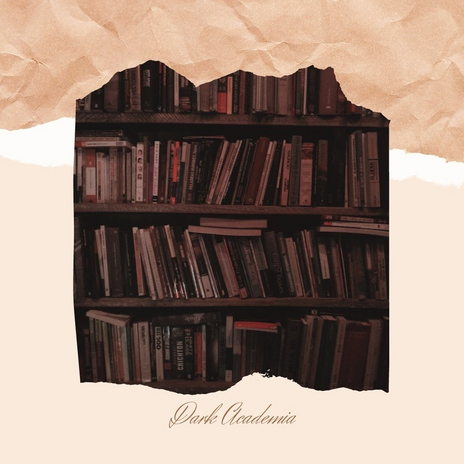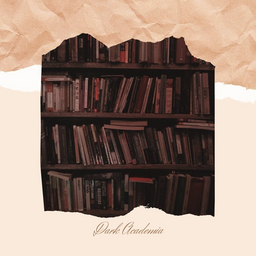Edited by Arnav Diwan
Dark academia has seeped into the lives of young adults all over the globe. A simple Google search brings results from as diverse a set of countries such as Vietnam, Brazil, Germany and Bangladesh. While primarily centering around Tiktok, it seems to fascinate even the most uptight people, who like to see themselves as above non-intellectual pursuits, like social media trends. How has this come to be?
What was the first sign of the coming of a time when studying would be considered cool? Was it when the first man (of course it’s a man) gingerly tried on the proto-blazer? Or perhaps a pair of tweed pants?
There is a well documented fascination with elite educational institutions. A classic example is the novel ‘Prep,’ which is similar to the Dark Academia classic ‘The Secret History.’ This trope is not isolated to novels about murder or obscure shelves. Books as popular as the Harry Potter series, with magical depiction of places such as Hogwarts fall into this category. Even a book like John Green’s Looking for Alaska, which is set in quite a different context, has a similar appeal to it. There’s something about the exclusivity, the attire, the customs and lifestyle of fancy boarding schools and universities that seem worth emulating.
I started my research on every lazy student’s saving grace-Wikipedia. Good old Wiki (or whoever edited this page) attributed the trend to the style of elite universities in the UK and America. There were also elite prep schools, the sort of Malory Towers fantasy wonderlands that a lot of us might be familiar with. The first “real” pioneers of the trend were two Instagrammers in 2017, who later distanced themselves from the movement.
The trend also dates back to Tumblr pages from 2014, which focused on similar themes- the classics, Greek and Gothic architecture, the aesthetic joy of academia mixed up with some philosophical ideas about death and romantic longing. Dark Academia could be seen just as well as a repackaged version of an internet subculture that predates the pandemic.
As I said, those credited for starting the movement soon moved away from it, as is often the case for such internet subcultures. The reason cited was the elitist, eurocentric, exclusionary nature of the subculture that romanticized a lifestyle that was inaccessible to most of the world. That moment gave me pause, what was I doing here, talking about frivolous things such as cardigans and plaid skirts in the middle of a pandemic?
But when that moment passed, I began to think of a different, arguably less important question. The beginning of this subculture is murky. Trends are almost democratic: two teenagers from two corners of the world with a combined yet moderate following, could manage to coin a catchy term that grew recognisable to students from all over the world. There is a frustrating beauty in the chaos that is the internet.
A subculture is defined simply as a group of likeminded people who interact with each other and have a similar lifestyle. Virginia Woolf, one of the classic idols of Dark Academia was herself part of ‘the Bloomsbury group’. This was a set of writers, painters and academics who shared a love of art for its own sake. On the outside, this sounds like such a quaint little fact- how wonderful for a trend to come from something so substantial in the past! What is ironic about this association is that the Bloomsbury group rejected bourgeois habits and Victorian propriety. It seems odd for a trend to harken back to people who were motivated by such different ideas. I don’t imagine the Bloomsbury group was concerned with the same things as lovers of Dark Academia. What the Dark Academia trend took away from all this literature, philosophy and thought seems to be quite superficial.
But before we start piling onto this trend and admonishing people for adopting something just because “it looked cool,” let’s talk about the circumstances that surrounded this phenomenon. Tumbr is a welcoming space for dreamers of all kinds; it could be argued that it has more subcultures than there are villages in rural India. A plausible explanation that other writers in this series have also mentioned is the global pandemic. We had all the ingredients for our Tiktok trend volcano. A trend that functions as a reminder of an academic environment that a lot of us love to hate in ordinary circumstances. But suddenly, we were in a situation where students internationally were removed from school and university buildings. The longing for the comforting aspects of academic life was suddenly sharper. This was suddenly relatable to more people than it was before.
Dark academia filled that void. It massaged that ache of being pulled, abruptly, away from normality and the lives we all had come to expect for ourselves. Maybe it brought joy to all those people for whom curling up to a good book was a better evening than hanging out with friends socially. It is a distraction, yes. But maybe it is a welcome one.



